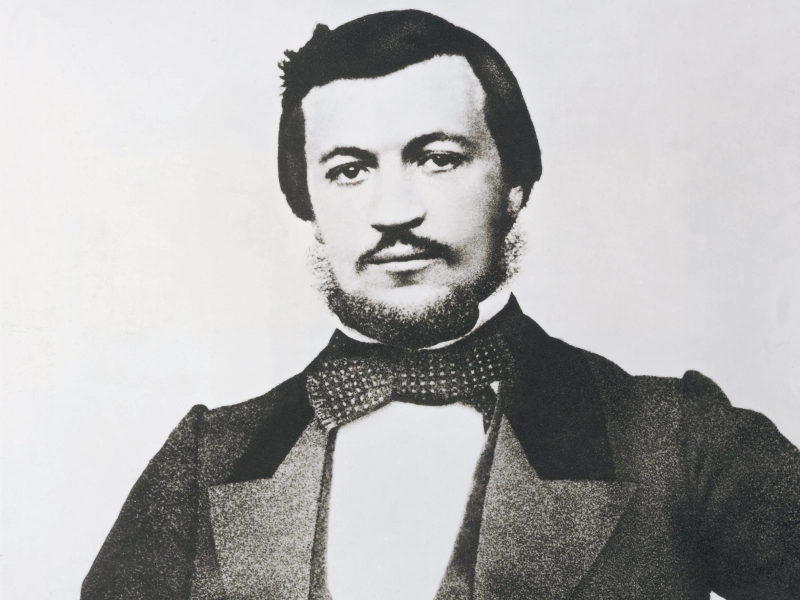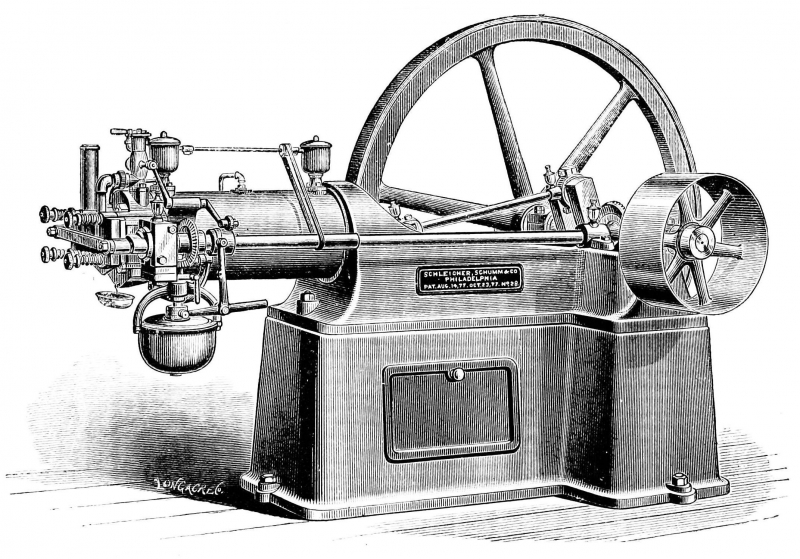Nicolaus August Otto
Nicolaus August Otto was a German engineer who invented the compressed charge internal combustion engine, which ran on petroleum gas and gave rise to the modern internal combustion engine. The Association of German Engineers (VDI) developed the DIN standard 1940, which states "Otto Engine: internal combustion engine in which the ignition of the compressed fuel-air mixture is initiated by a timed spark", which has since been applied to all engines of this type.
Nicolaus August Otto was born in Holzhausen a der Haide, Germany, on June 10, 1832. He was the sixth of six children. In 1832, his father died. He started school in 1838. After six years of excellent performance, he was sent to the Langenschwalbach High School until 1848. He did not complete his studies but was recognized for his excellent achievement.
Otto and his brother learned of a unique gas (illuminating gas) engine created in Paris by Jean Joseph Etienne Lenoir in the late autumn of 1860. The brothers produced a replica of the Lenoir engine and sought a patent with the Prussian Ministry of Commerce in January 1861 for a liquid-fueled engine based on the Lenoir (Gas) engine, but it was denied.
Otto was aware of the notion of compressed fuel charge and attempted to build an engine based on it in 1861. It only lasted a few minutes before crashing. Otto's brother abandoned the idea, prompting Otto to seek assistance elsewhere. Otto experimented with the engine from 1862 to 1863, with the assistance of Cologne Mechanic Michael J. Zons to improve the engine. Due to a lack of cash, Otto worked for Carl Mertens in 1862 in order to continue working on his engine.
Otto began looking for investors to fund his studies in 1864. Eugen Langen, whose father was a sugar industrialist, was found. On March 31, 1864, they formed a firm in Cologne and titled it NA Otto & Cie. This was the world's first company solely dedicated to the design and manufacture of internal combustion engines.
The Otto & Langen engine from 1864 was a free-piston atmospheric engine (the explosion of gas was used to create a vacuum and the power came from atmospheric pressure returning to the piston). It used half the amount of gas as the Lenoir and Hugon atmospheric engines and was a commercial success. The Lenoir engine was a two-stage engine. In essence, these engines are steam engines that have been modified to work on illuminating gas. The engines invented by Italians Eugenio Barsanti and Felice Matteucci in their British Patent no 1625 of 1857 were built and are now on display in a museum. Unlike Otto's engine, these are two-stroke atmospheric engines that are not comparable in any way.
Born: 10 June 1832 (Holzhausen an der Haide)
Died: 26 January 1891 (Cologne)












